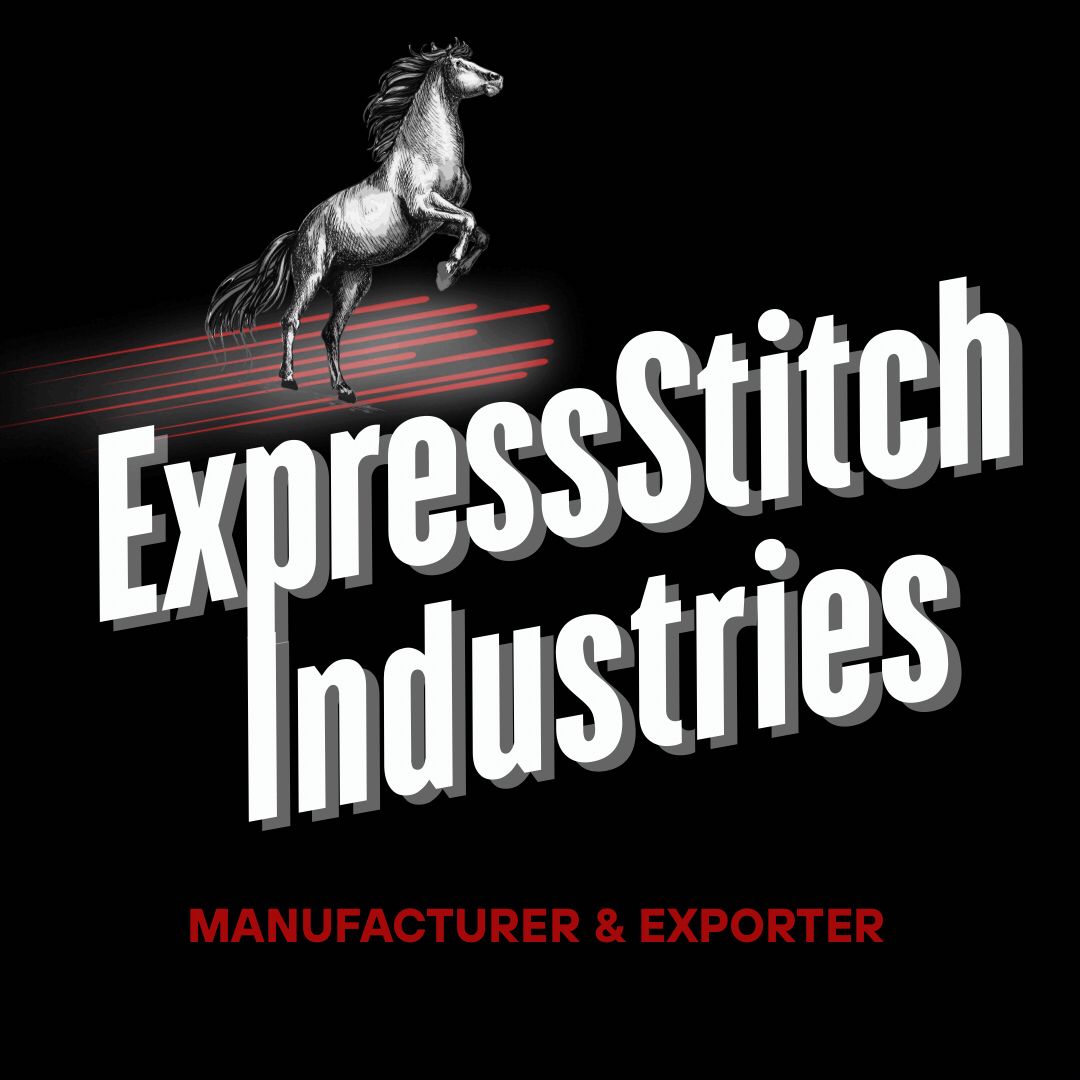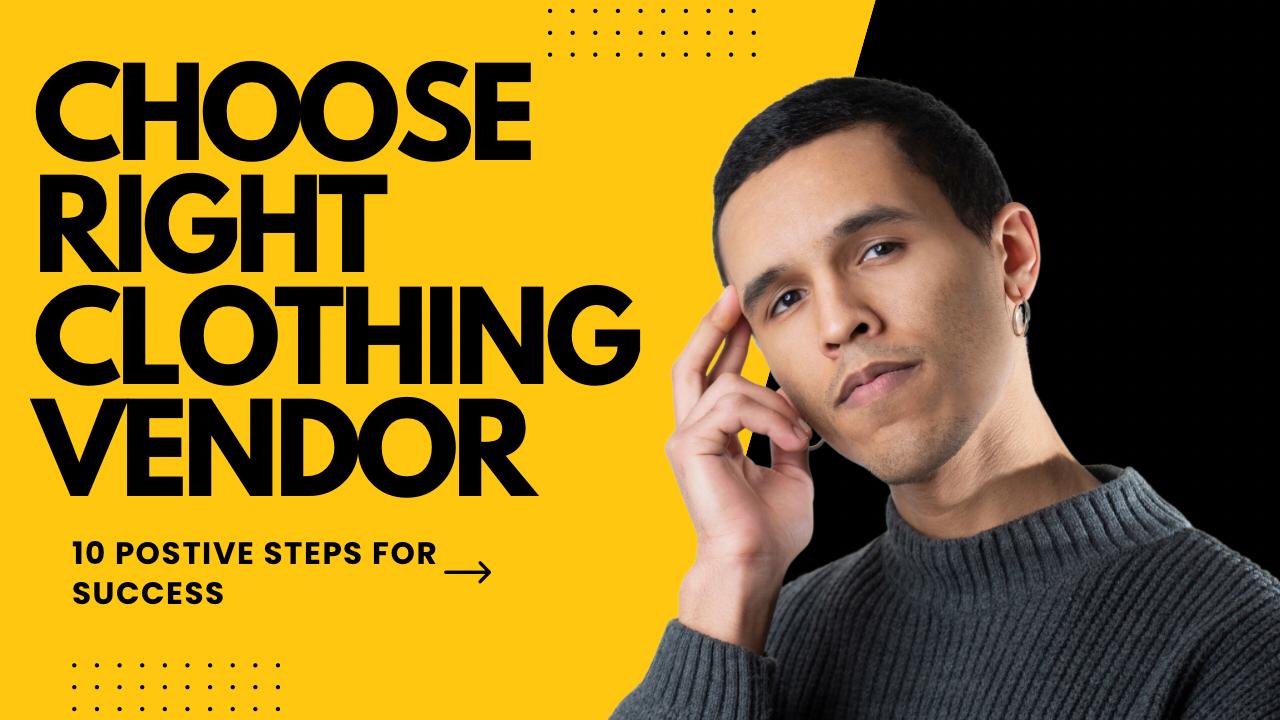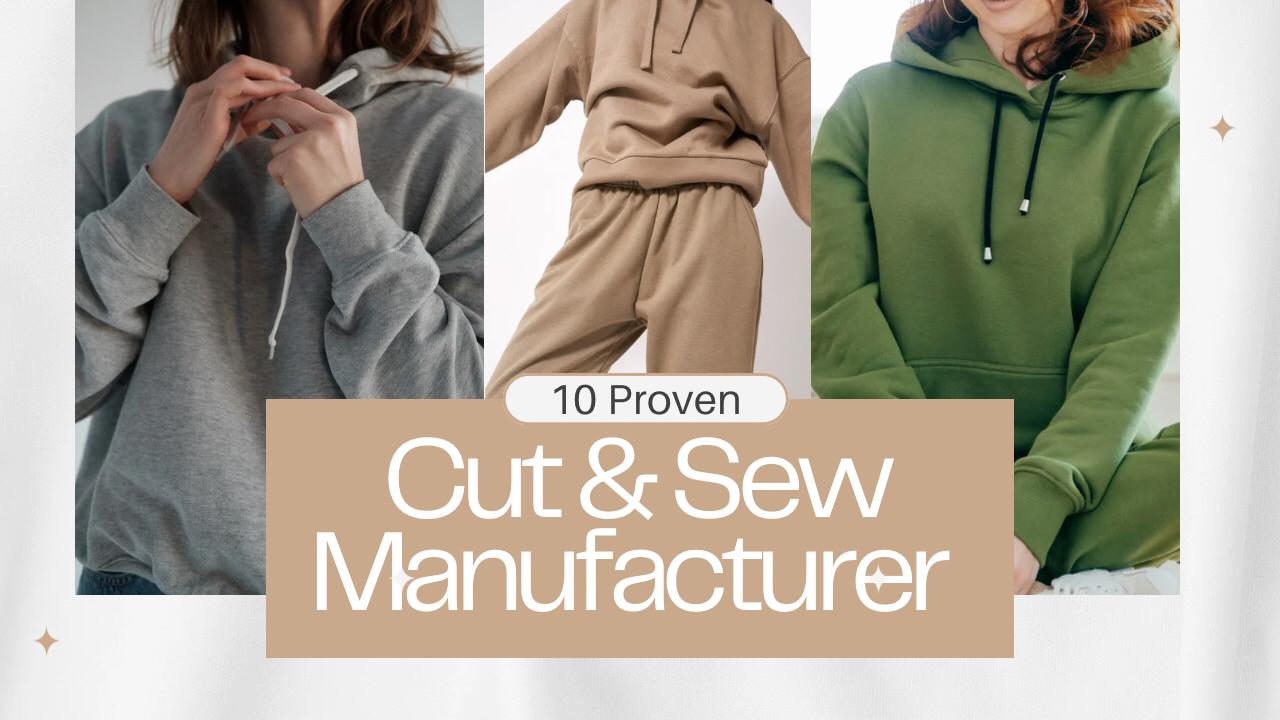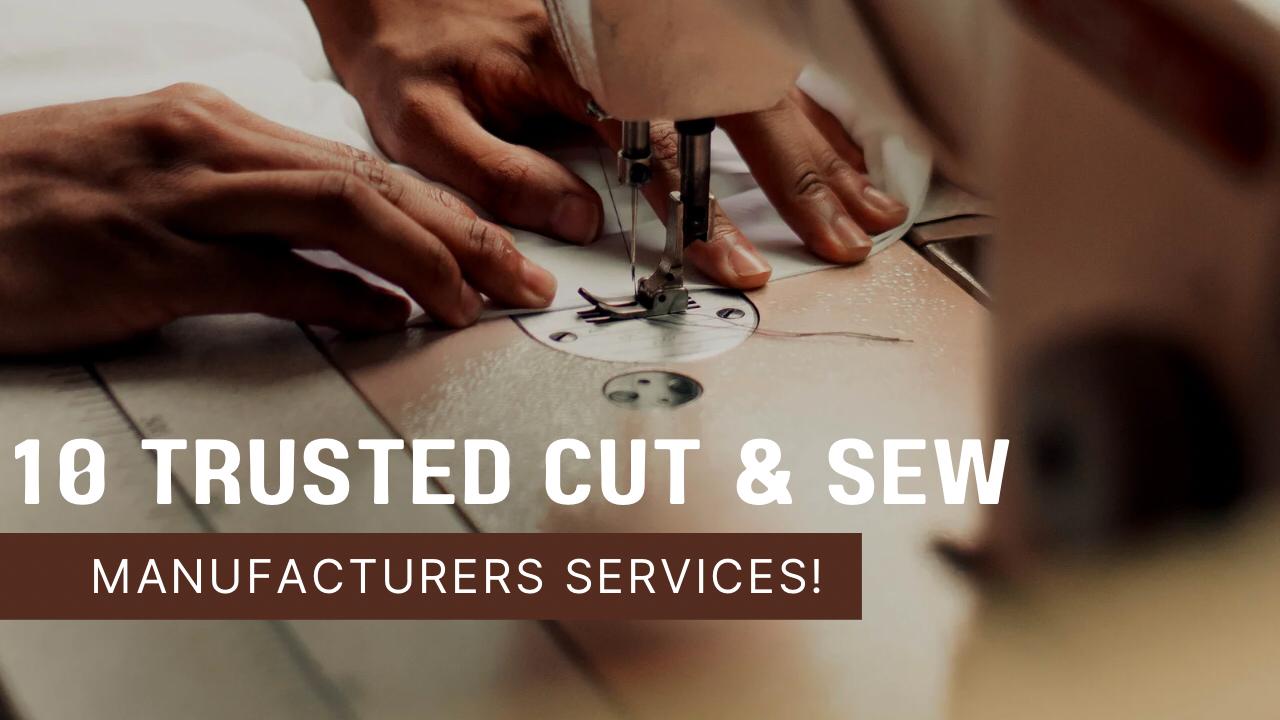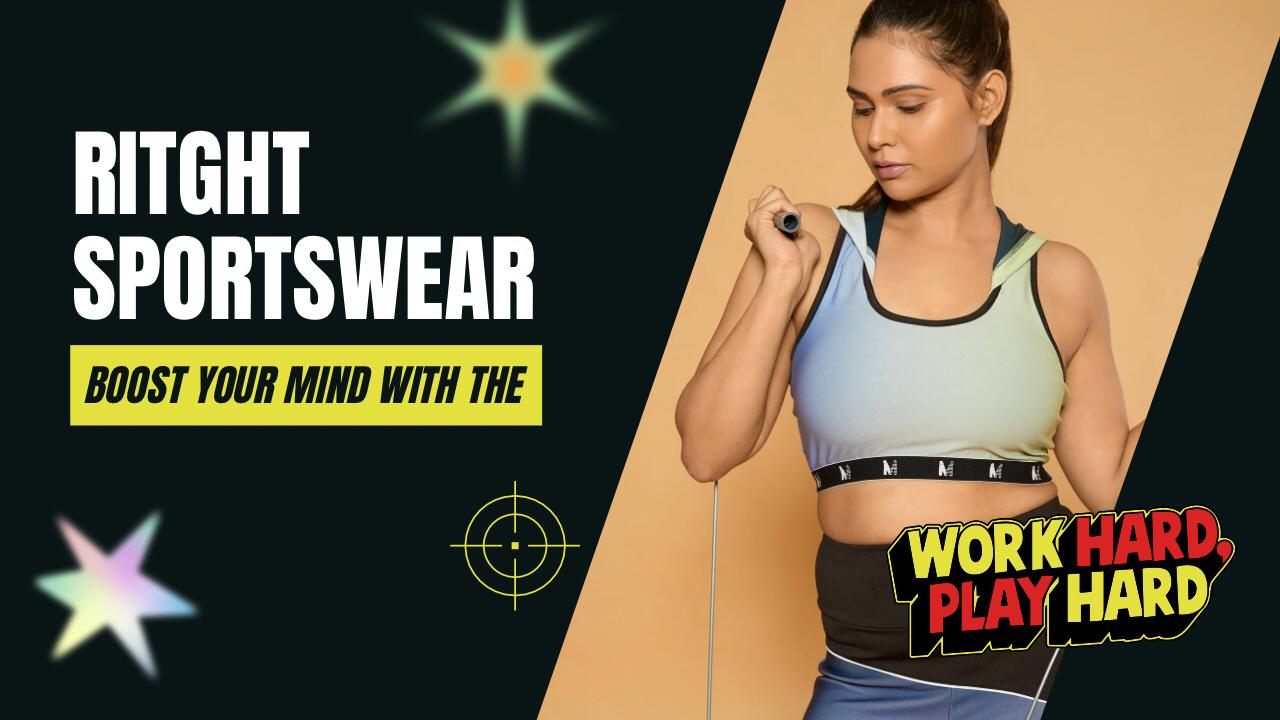Choose Right Clothing Vendor: 10 Positive Steps for Success
When I first launched my boutique and online store, the hunt for Choose Right Clothing Vendor felt endless. The search through the internet quickly became overwhelming with so many vendors in the industry. As a new entrepreneur, facing high-traffic sites, big brands with deep pockets, and endless wholesale offers was intimidating. I learned that finding a trusted partner isn’t just about luck—it’s about creating a proper screening criteria. I focused on pricing, quality, turnaround time, reliability, and ethics before making a decision. As part of my journey, I researched and even purchased samples from different suppliers, choosing only the ones with handpicked, strong features that could represent the brand I was dreaming of. The process might seem like a challenge, but if you know the ways to evaluate each potential partner, it becomes an exciting step toward building long-term success.
What I realized is that your business must have a principle that aligns with your vision. Whether you’re starting a new fashion line or enhancing your current store, having reliable manufacturers to bring your designs to life is critical. Focus on original ideas that highlight the unique essence of your brand, and make sure your owners and team aren’t left overwhelmed by a rushed selection. Pay attention to the key points—every little detail from product quality to supplier ethics matters. Many makers who specialize in boutique-level fashion offer unique opportunities if you know where to look.Finding a balance between aspiration and practicality ensures your efforts to Choose Right Clothing Vendor lead to a long-term partnership.
Choose Right Clothing Vendor: 10 Positive Steps for Success
Finding reliable clothing vendors can be overwhelming, but these 10 expert tips will speed up your search. Learn how to spot quality suppliers, avoid scams, and streamline the entire process so you can start sourcing with confidence—fast and hassle-free.
Understanding Product Capability
When I started in fashion, selecting the right manufacturer for my clothing line was the biggest challenge. It was tempting to go with suppliers that showed beautiful catalogs, but digging deeper into their product and factory details was critical. Some suppliers acted like consolidators, similar to Hula Global or Li & Fung, managing a network of over 34 factories. But I realized that a true domain expert focuses on one niche—for instance, a streetwear expert won’t be making women’s dresses. I learned to look for a full package portfolio and avoid any red flag where a supplier offered too many product types without proof. Checking a factory’s production ability, scale, and greater capacity during booming sales was the real key. Without it, fulfilling the first order and future orders could take weeks or even months, losing potential customers along the way.
Another major point was understanding the product’s aesthetics during the design process. Before customers even look at specifications or function, they judge the item by appearance, which directly impacts brand loyalty and early stage brand building. I worked hard not to rely on a generic supplier who would meet MOQs or work for free, because that rarely ends well. Instead, I partnered with a manufacturer who shared my vision for high-quality products that sell quickly. Focusing on the small details in the beginning—like realistic lead time, turnaround, and making sure every purchase feels premium—helped my business grow. Your choices at the start shape how your brand stands in the market, and treating product capability seriously is what makes a lasting difference.
Evaluating a Supplier’s True Expertise
One thing I learned early in my clothing business journey is the need to verify a supplier‘s prior experience before committing. In a fast-moving industry, working with a reliable manufacturer is crucial. I always ask for a detailed breakdown of the materials, cost, and every component involved in the production process. A serious supplier will articulate each step with clarity, showing real professionalism rather than learning on the job at your expense. If you feel like your brand might be used as an experiment, it’s smart to avoid that risk. Instead, I focus on those who can provide a clear process outline, which is a strong sign of expertise and confidence rather than uncertainty.
When scouting vendors, I noticed that many skip explaining how different elements come together. This lack of detail is a warning sign. True partners explain not only the vision but the full journey of the product. It’s about selecting people who make you feel secure, not guessing at crucial steps. By being sharp and demanding real transparency, you protect your brand’s integrity and set the right foundation for lasting success.
Assessing Vendor Dependability for Long-Term Success
When I began working with vendors for my clothing production, I quickly realized the importance of choosing a truly dependable partner. A skilled team with necessary employees, clear functions, and strong skill sets is essential to meet growing order needs and service requests. Many fashion owners hesitate to ask critical questions out of fear that suppliers might start calculating additional costs or estimating missing expenses, leading to a sudden price increase. But failing to think carefully can lead you straight into the hands of a naive supplier who has missed costs in their initial quotations, causing major issues later. If a supplier has a lack resources problem, they will struggle to meet demand when your business grows. Always assess their dependability based on their ability to handle operations smoothly, ensuring you’re not just making a short-term fix but building for the future.
Avoiding Costly Mistakes in Clothing Production
When I started my journey in choosing a manufacturer for my brand, I quickly learned that producing high-quality garments depends heavily on doing thorough research. I spent days reading reviews, checking online feedback, and even visiting factory locations whenever possible. Before committing, I would always request samples to test quality because the reputation of my brand was too valuable to risk. Instead of trying to save a few dollars, I decided to invest in a higher price to ensure better quality and standard products. Skipping these steps means risking your brand’s image, something that can be damaged far too easily if you’re not careful.
Understanding the True Cost of Goods and Service
Many clothing brand owners often focus only on the cost of production, but real success comes from seeing the bigger picture. When choosing a supplier, it’s important to evaluate their prices, study the breakdown of both goods and service, and check if they align with your budget. A smart move is to explore a supplier cluster to compare pricing trends within the industry. Depending too much on lower MOQs and discounts can be risky, especially if the supplier lacks the right resources to handle production, leading to defects or delays. I always recommend doing proper due diligence to avoid unexpected costs, and partnering with a reliable supplier who follows a structured production process involving experienced fabric sourcing managers, quality control teams, and a strong coordinator for logistics, shipping, and import/export operations.
From personal experience, I have seen how services offered without additional fees often turn out to be misleading. Ignoring key costs like customs or hidden shipping charges means you might pay far more later. Some brands working with Hula Global faced hidden expenses that erased their initial savings.if something sounds too good, benchmark it properly. Otherwise, a rookie supplier figuring things out can easily hurt business in the long run, leaving you with bigger problems than just high costs.
Evaluating the MOQ and Its Importance
When choosing a clothing supplier, having a clear understanding of their MOQ (Minimum Order Quantity) is vital for making smart decisions. Suppliers often screen serious buyers from those just browsing, but you should always dig deeper into the logic behind the numbers. A rookie supplier might use a take it or leave it approach, which could cause problems for your business later. It’s better to ask for a breakdown of why they set a particular MOQ — whether it’s related to fabric sourcing, minimizing defects, or how they manage their production processes. Getting this reasoning helps give you the clarity needed to partner confidently.
You’ll notice that MOQs often range between 200 and 2000 items. For example, if a supplier requires a minimum of 1500 units, you must think about your ability to sell that amount without ending up with excess stock that’s hard to move. Always evaluate if the MOQ is manageable for your business and if it fits your budget and sales projections before you finalize the deal. Making sure these numbers align properly can save you from bigger risks as you scale your brand.
Cost, MOQs, and Timelines
While searching for the right clothing supplier, many new brands focus mainly on costs and MOQs, but another key factor that’s often overlooked is the timeline. In fashion, where everything moves fast, being part of a time-sensitive business means missing deadlines can hurt more than paying a little extra. Choosing an affordable supplier offering the lowest MOQs might seem beneficial at first, but if they can’t deliver on time, it won’t help your growth. I always look for an experienced manufacturer who can offer a reasonable timeline with a built-in buffer for unforeseen delays, which is crucial especially during a manufacturing process that still involves manual work.
Before partnering with any potential supplier, it’s smart to assess their reliability by asking for reviews, ratings, and feedback. Find out how they’ve managed potential delays before—if they claim they’ve never faced problems, it’s a red flag. I always test reliability by checking which brands they have worked with and by reaching out to the owners for honest, real-world feedback. This gives deeper insights into their quality, how they handle tough situations, and whether they can consistently meet timeline and uphold quality standards without risking delays or ending up with poor results.
Communication: Key to a Successful Partnership
When you reach out to a supplier, it’s normal to experience some delays in response, especially if you are dealing with a large company handling many existing clients. It’s wise to give them the benefit of the doubt at first, as they might be prioritizing their current customers. However, if they continue to respond slow or completely ghosts you after your initial inquiry, it’s a clear red flag. A lack of communication could mean they don’t have enough resources to manage your service request properly. If they struggle in the early stages, you might face delays even after you’ve placed order and paid advance, which risks losing time and losing money down the line.
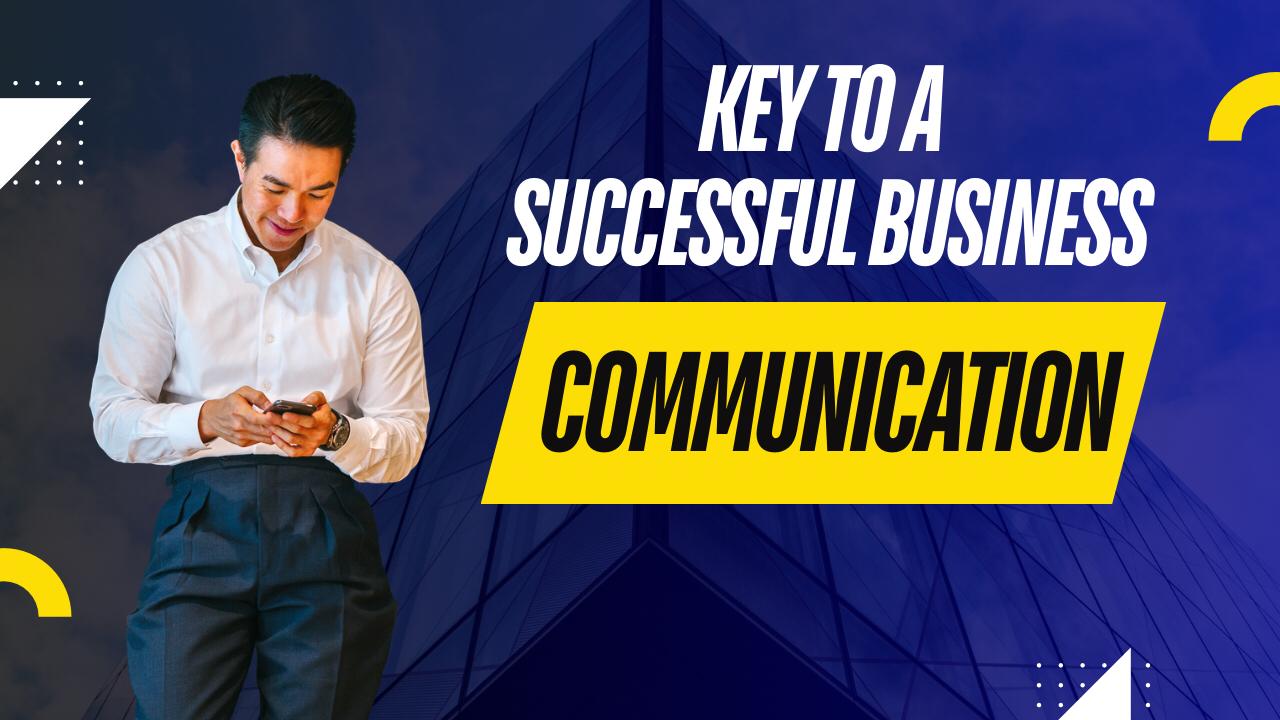
During the initial conversation, always ask for a tentative timeline or TAT (turn-around-time) to judge their responsiveness. Watch out for vague answers or if they fail to communicate a clear plan. Good suppliers, like those at Hula Global, maintain a standard TAT of 48 hours to resolve issue or at least update clients about the status within the promised time frame. This habit helps build trust, supports clients in making informed decisions, and enables them to move forward even if challenges arise. In my experience, the ability to resolve challenges quickly and keep communication flowing is truly the foundation of a successful partnership.
Certifications and Sustainable Practices
When choosing the right clothing supplier, it’s smart to check if they have industry certifications that show their commitment to sustainable practices. Certifications can be costly for apparel manufacturers, but a supplier who invests in them has stronger credibility. Names like GOTS and RWS are highly respected, although certifications might not be transferred to you for free. Sometimes suppliers offer them at a higher price point or require higher quantities, but it’s a positive sign that they have been audited by recognized industry bodies and follow the necessary guidelines for ethical manufacturing and sustainable manufacturing.
Even though certifications add costs, you have to weigh them against your budget and business goals. They are more than just a marketing tool—they show true environmental responsibility and social responsibility. From my experience, asking for proof and making sure you confirm the supplier’s commitment is crucial before moving forward with an order. It’s a simple way to protect your brand while supporting better practices in the industry.
Evaluating the Right Vendor
Finding the right clothing vendor is the first step toward building a successful fashion brand, especially when you’re starting in the early formative years of your business. Evaluating the right supplier is crucial because your clothing supplier acts as an extension of your team, and choosing the wrong vendor can cause serious problems. I always recommend working with someone who is transparent and follows a structured framework during the process to avoid future misunderstandings. As your business grows, you’ll need a partner who can scale, navigate the learning curve, and help you expand your inventory and distribution channels with the right resources. A transparent approach from the start makes a significant difference and supports a smoother growth journey in the competitive world of fashion.
Final Thoughts & Pro Tips for Your Vendor Search
Choosing the right clothing vendor isn’t a one-size-fits-all process—it’s a journey shaped by your brand’s unique needs, values, and goals. As you navigate the fashion manufacturing world, remember: thoughtful decisions early on can save you thousands later. Here are a few pro tips to keep you on track:
- Always request samples to test quality before committing.
- Prioritize transparent communication and consistent timelines.
- Verify certifications to support ethical, sustainable practices.
- Check vendor scalability to avoid outgrowing your supplier too soon.
- Review total costs including hidden fees like customs or shipping.
By approaching the Clothing Vendor Hunt with strategy, patience, and clear criteria, you’ll build the kind of partnership that fuels long-term growth and protects your brand’s reputation.
FAQ
How much investment is needed to start a clothing business?
Starting a clothing business can vary in cost depending on how you approach it. For a dropshipping or private label store, you can get started with as low as $173 USD. If you want to work with a wholesaler or manufacturer, a small-scale business will likely cost around $500, especially with a few product lines. But if you’re aiming to create larger collections with a variety of sizes and designs, you may need to start with $5,000 to cover production and inventory costs.
Where is the best place for clothing manufacturing?
When choosing the right clothing vendor, it’s important to consider the countries where clothing manufacturing is most prevalent. China, Turkey, Italy, Portugal, Bangladesh, India, and Vietnam are some of the best places to find clothing manufacturers. However, your choice of location depends on the type of clothing you wish to sell. For luxury clothing, countries like Italy, Turkey, France, and the US may be better options, as they tend to produce higher quality clothing.
On the other hand, if you’re looking for mainstream or lower priced clothing, your best bets would be to seek a clothing manufacturer in countries like China, Vietnam, Bangladesh, India, or Pakistan.
Which clothing category brings the highest profit?
When choosing the right clothing vendor, consider luxury clothing, which is known to be one of the most profitable pieces to sell. The key to high profits in the fashion industry lies in increasing the perceived value of the products you are selling. The luxury business is highly profitable, but it’s important to note that you may need to increase your marketing and branding budget to make a significant impact.
However, it’s not just luxury items that bring in high profits. Pieces like underwear, bras, and swimwear are also highly profitable because they have very low refund rates. With these types of clothing, customers typically aren’t allowed to make refunds after trying on the garment, which helps to keep the return rates low and increase profitability.

